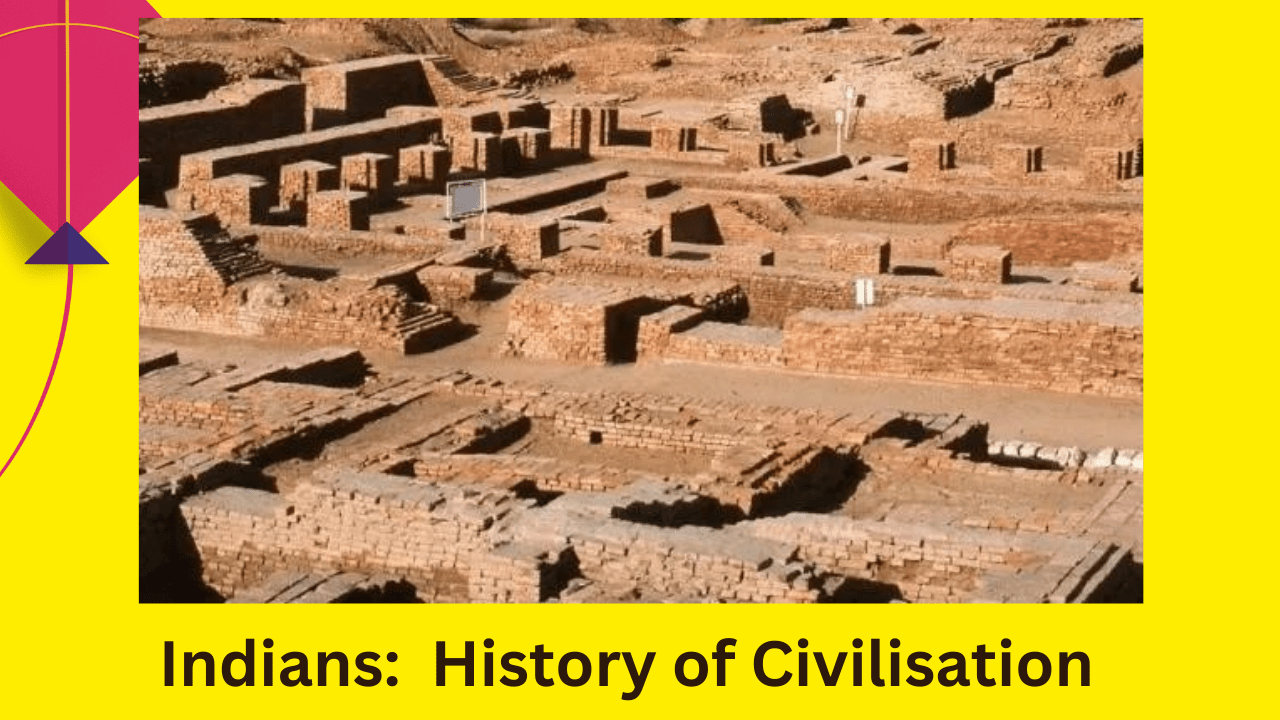Indians: How Civilization was Made and Why We Need to Practice it.
Additionally, making her into an easy target and taking on such charged and sensitive topics in this series also means that almost everyone will find something to dislike about it. Well, of course enlightened disagreement is good and useful to get better scholarship.
Details of the INDIAN HISTORY
India is a state of deep and constant change. It is the effect of migration conflict mixing coexistence and cooperation. In this series of ten web episodes I’ll narrate the history and heritage story of Indians as well as our civilisation by demonstrating some biggest historically significant sights, most of which were forgotten to be in existence are laid open again via archaeologists. These sites are the Harappan city of Dholavira, Maurya Pataliputra, Ikshvaku capital at Nagarjunakonda, the Buddhist center of learning Nalanda enigmatic Khajuraho Vijayanagar in real terms Hampi Mughal Delhi and Varana.. I’ll also pay attention to ancient and medieval foreign travelers, like Megasthenes, Xuanzang, Alberuni, Marco Polo, Francois Bernier etc. whose peculiar reports contain some surprising discernments about us Indians.
During the series, I’ll be going through India’s substantial churn of cultural notions and normations – beliefs that we still live by today in some quantity; but a large proportion lost to time. For the sake of simplicity I won’t highlight boring dates, battles and kings—this is that sort of stuff you didn’t like about school history. Instead, I’ll look into the history of deeper cultural and social tides that has made us who we are Today!In terms of my storytelling approach, I will utilize a carefully chosen batch of visuals to aid in telling
The series mostly mirrors – and often extends – the contents of my book, Indians: 2021 , A Brief History of a Civilization Penguin India. For the book and series, I have drawn on a range of scholarly literature as well as primary sources—from archaeologists’ site reports to travelers’ accounts to archaeogenetics research. I would have, perhaps vainly hoped that they develop a new understanding of our past rooted in methodologically sound scholarship but also throw light on the most significant realignments and ruptures – trends transformations and fault lines marking Indian civilization.
In doing so, I will also discuss some of the most polarizing topics in our history today. Questions like this who were the Harappans and what language did they speak? Did Aryans really come to India and why is this debate so hot today? What is the origin of varna and caste in India and how old is untouchability? How was Indo-Aryan culture established in India and how did it spread? What was the reason for the end of Nalanda and the decline of Buddhism in India? Why did the people of Khajuraho carve explicit erotica on temple walls And next to their gods – and why did this tradition disappear? What are the historical roots of Sati and other subcontinental patriarchal customs? How vibrant was India’s intellectual culture and science before the Turko-Persian invasions? Was the Vijayanagara Empire really a self-conscious bastion of Hinduism and bravely resisting the ‘attack of Islam’? What is the record of the Mughal period on large-scale conversion and desecration of temples? Is it true that India was a prosperous country before the British colonial period? and many more.
The series’ handling of such charged and sensitive subjects also means that almost everyone will find something to dislike in it. Informed disagreement is certainly fine and necessary for better scholarship. But I trust that the audience will evaluate my arguments in context, in the light of all the evidence, and refrain from responding selectively and narrowly. Focusing narrowly on an argument, deliberately misreading it, or interpreting it holistically, influenced by one’s own passionate beliefs, may satisfy some people. But this is unlikely to foster a more nuanced public discussion about history, which is my aim with this series – and which is urgently needed in India today. It is in this spirit that I urge you to keep an eye on Indians. Bring an open mind to it and see what you can discover!

